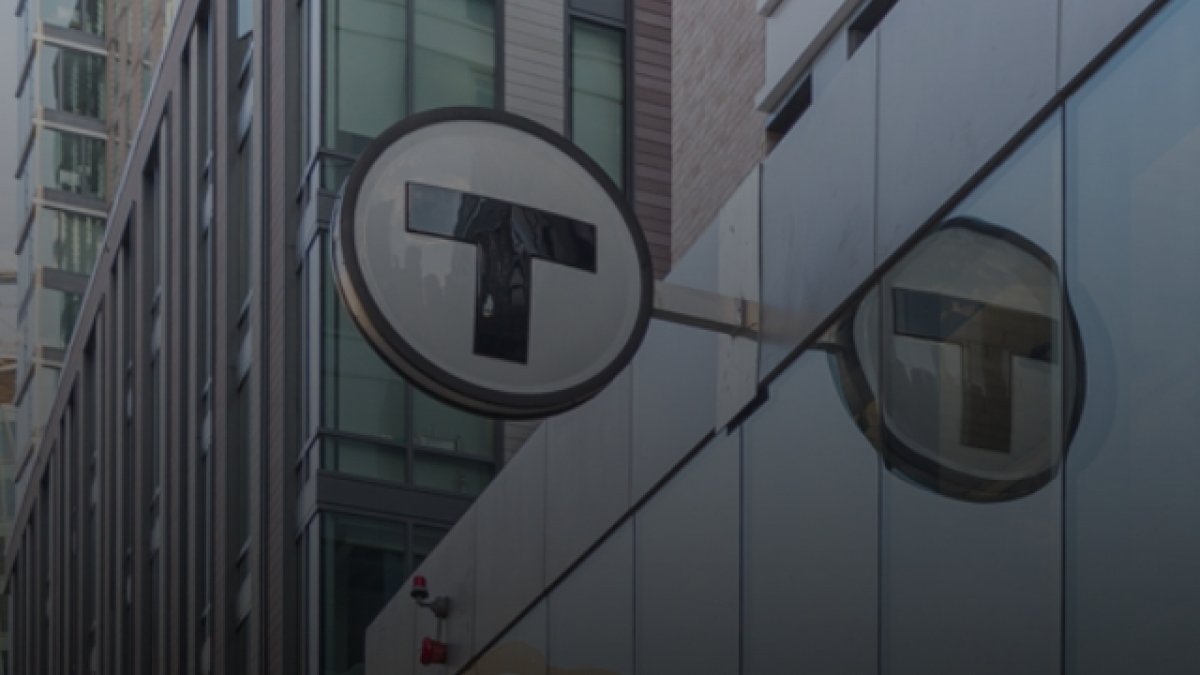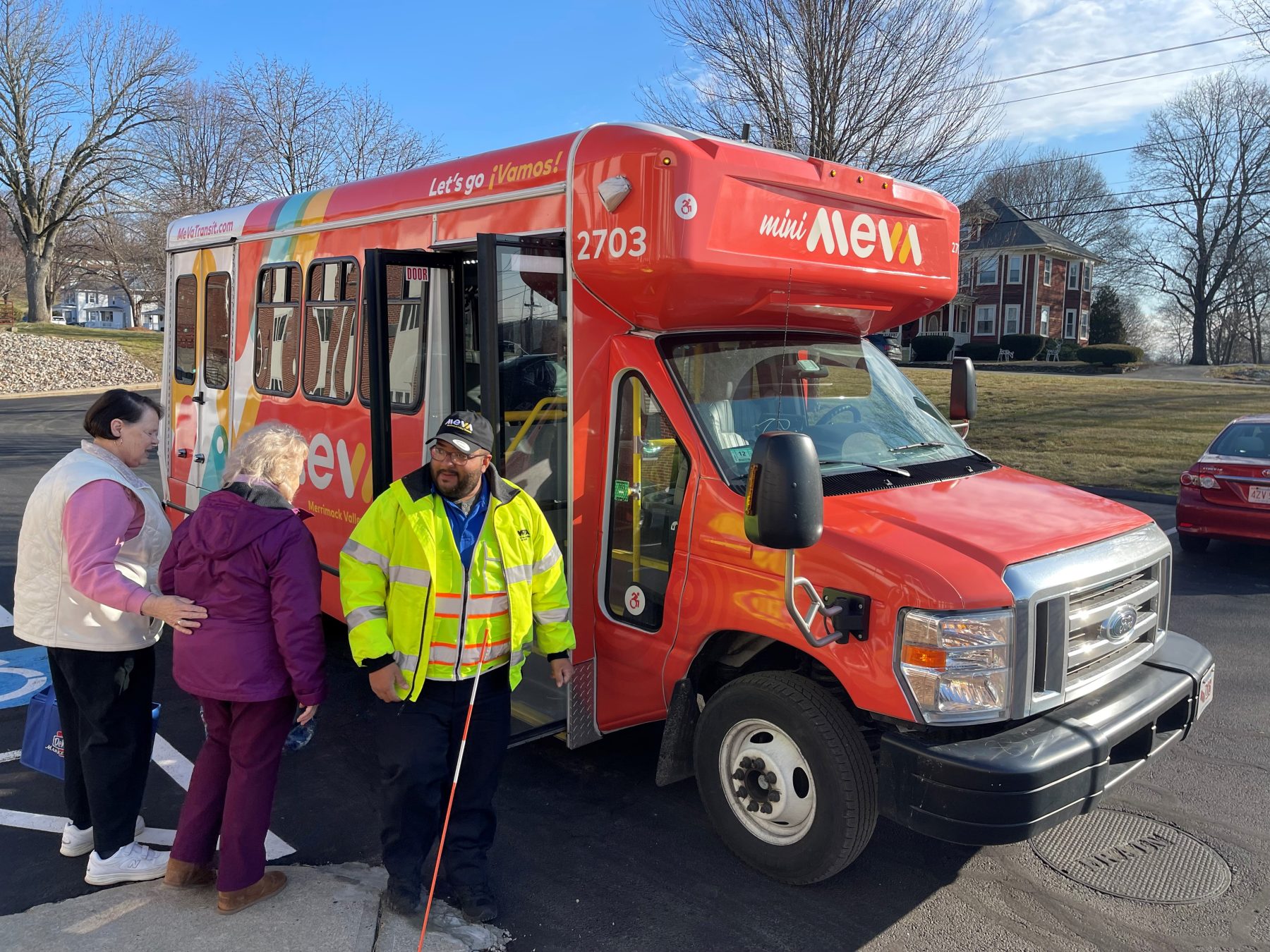Delvin4519
Active Member
- Joined
- Oct 8, 2022
- Messages
- 886
- Reaction score
- 1,541
For the 93 bus there used to be 18 min headways. Now IF they followed the schedule there would be 60+ min headways. The big IF there is that they don't have enough drivers so if they planned on having 3 drivers but only 2 show up the first 2 runs on the line in the morning run then the 3 run just doesn't. So now there is frequently a 2 hour gap in service. Ridership is down on the 93 bus at least in part because it is no longer a reliable method of getting to work.
Another issue is that to commute from downtown to Community College I always make sure I get on at State Street station because it's free because of the blue line. Not only is that taking another paying rider off the 93 but also isn't even tracked as a rider of the orange line.
Charlestown is the biggest transit desert that is 1 mile from downtown, which is actually one of the most insane things out there. With the North Washington Street bridge out of commission until the end of March 2025, the neighborhood has been left without transportation alternatives. The Sullivan Square New Rutherford project that would reconfigure the intersections in front of Community College and Sullivan, I haven't heard anything about. They were supposed to begin construction in 2023.
The T is only running 52% of pre-COVID service on the 93 and 64% for the 92. What used to be every 7-8 minutes rush hour is now only every half hour. Plus limited Route 92 service that operates a only few days a week until 9pm. If I filter the map to exclude service that runs less than 1 bus per hour, then no lines in Charlestown show up.
Boggles my mind. I suppose if they were to cut the terminal for the 92 and 93 from downtown to Haymarket, the T could use 2 buses and run more service, versus making a useless figure 8 loop right on top of the Orange and Green Lines. The T could opt to have the 92 and 93 buses make a right onto Congress from North St. to eliminate 5 minutes of runtime, which is 5 minutes shorter headways.
General MBTA Topics (Multi Modal, Budget, MassDOT)
106: Weekday inbound trips before 8pm will complete the loop via Forest St and Sylvan St. Currently, trips after 6:30pm use Lebanon St. The BNRD has all route 106 trips serve Forest St and Sylvan St, although I'm not sure if that was because the BNRD map doesn't display alternative routes...
archboston.com








